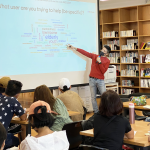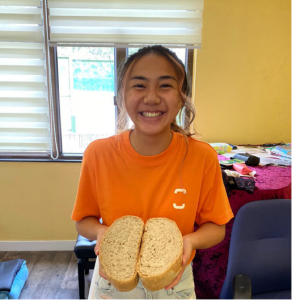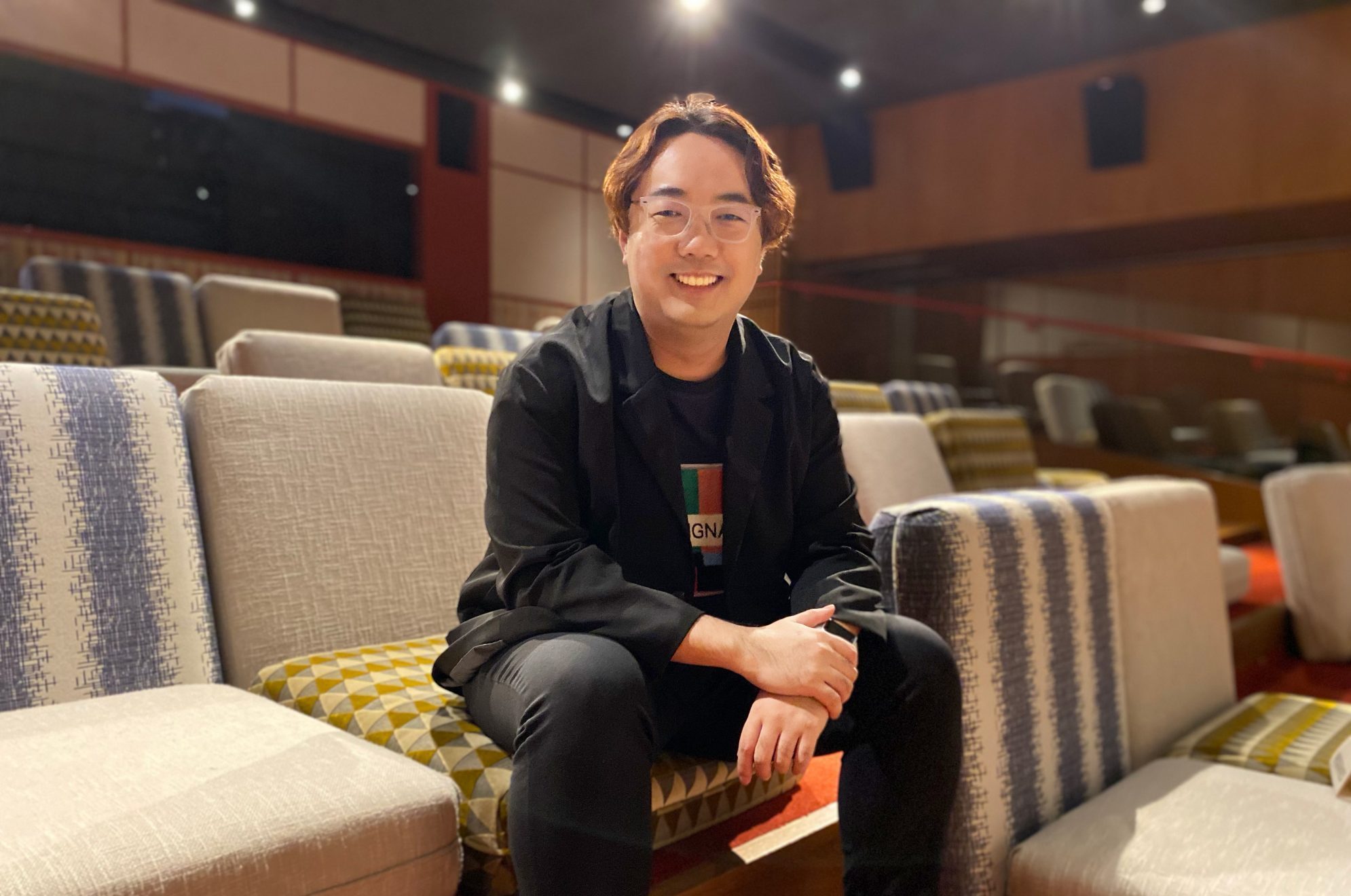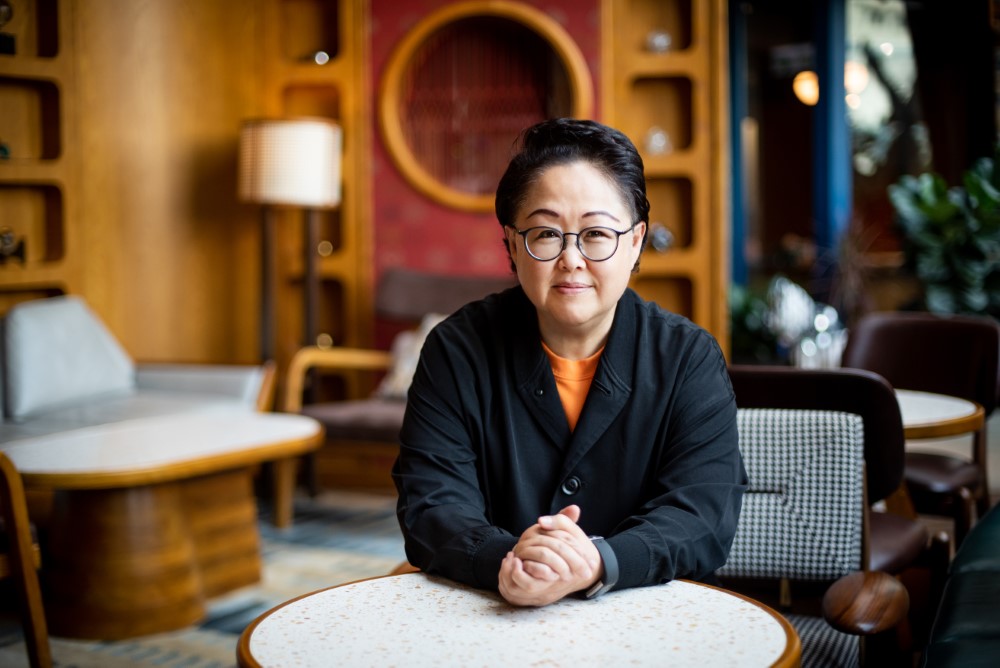3 Questions to Ask Before You Go to a Social Innovation Funder
In many ways, conceiving a successful social innovation project isn’t much different than deciding whether or not you’re ready to have a baby — it takes time. If you’re in the early stage of developing your project, here is my advice: never rush to get married, have babies or ‘seek funding’ for your social innovation project.
It has been great to see the ever-increasing desire among people in Hong Kong to do something helpful in the community. Retired, young and old together, in high schools, local districts, all across Hong Kong, people from all walks of life have found ways to get involved in social innovation. Great ideas are granted sums of $10K to $200K+ as seed money for their ideas to be made into reality.
Since 2012, Good Lab has had the pleasure to engage in and support a number of social innovation competitions, mentored changemakers, and has been part of over 50 pitch judging panels.
We get asked many questions, but one recurring question is: “Will my idea work?”
The short answer is: I don’t know.
While many specific questions depend on the project context, before you start wondering if your idea would work, you might as well ask yourself these three crucial questions as you build your solution:
Question 1: Do you really know your users?
I once had a young man come up to me with all the confidence in the world, saying, “please give me your advice on my project for the elderly.”
I asked him, “how well do you know your users?”
“Very well,” he replied and shared his findings generously. Clearly, he had done his homework.
But then I asked, “how many users have you spoken with?”
“Well, actually one only, but I know him very well,” he replied, “he’s my grandpa.”

In Design Thinking, understanding your users is key. Useful feedback from real prospects helps you understand how well your solution meets their needs and allows you to iterate your solution for greater impact.
That said, it’s also important to know the right place to extract this data.
A user interview with your family or friends is an easy place to start, but you also run the risk of collecting what we call ‘biased non-objective data’. Your inner circle typically wants you to succeed and maintain a good relationship with you, so it’s likely that they’ll sugarcoat their opinions. These biased data could lead to misleading conclusions and skewed decisions.
To maximise the value of your user research, be sure to get first-hand insights from people who are not personally invested in you or your project. Talk to people on the street, in the community. Be friends with them and get to know them. They will be your focus group and be the source of invaluable insights.
If you don’t know your users, then you’re relying on secondary sources of information (i.e., newspapers and other people’s research), assumptions and too little real information to take off from. You might get lucky, but most of the time, you’re designing something not relevant and not helpful. Even if the judging panel gives you money, remember, you’re not designing for the judge, but the users!
Question 2: Are you designing for the problem? Or are you fixated on the solution?
Social innovators usually come into the arena with a speciality or specific focus. Whether you are a sports coach, an industrial designer, a teacher, or someone who specialises in 3D printing, the conclusion is, you want to use your expertise to help and develop a solution.
But here’s the catch. When you design a solution around your expertise, you can get misdirected easily. Picture this: you are a sports coach. You think this bunch of people can get better if there is this exercise course. And you ask around, “what do you think?”
“Sure, okay,” is usually the answer. Then off you go and start using that ‘okay’ to design your solution.
If this is the stage you are at, give yourself a pause. Instead of fixating on your solution, slow down and rewind to the start. Go back to Question 1: get to know your users, and ask questions like: do you exercise? When do you exercise? What are your barriers? What have you done before? What was good about it, and what did you not like?
The more inquiry and time spent getting to know the person you design your intervention for, the more your intervention will be on the mark.
Question 3: Do you have the right team?
This is a question often neglected.
Instead, we are tempted to jump straight to the question of whether or not our solution is fundable in a social innovation competition. But why are you so quick to want to have a baby with a couple of people you just met two months ago?
This is exactly what a social innovation startup is: a very early-stage fragile thing that you want to ‘raise up’, but more often than not, you’re doing this with people you’ve known for just a short time. You’re young, inexperienced, and suddenly (unlike a real baby), you now have a funder to report progress to.
So the answer is, slow down, what’s the rush? Is there a deadline for a funding application? Another one will inevitably come around in a couple of months. Don’t spend your time hopping from one competition to the next trying to get funding. Spend your time with your users to refine your ideas, then naturally, the ‘genius baby’ idea will come.
And, by that time, you would have built trust and teamwork with your friends, and those that didn’t want to do it very much would have left. (Fact: most startup teams over five people, after a year, half of them will drop out)
Allow time for your idea to mature. Unfortunately, too many teams we know are pushed towards a conclusion and a deadline, and then BAM, you have $100K (no joke), a vague idea, and a team that is half committed and half not.

Here is always advice to live by: you should never rush to get married, have babies or ‘seek funding’ for your social innovation project. This is the rule I tell most young social innovators!
We’d love to support social innovators of all ages to find their passion and be a changemaker. But in that passion, we must slow down and make sure we are on the right track. Here are some quick tips for you to consider before you pitch your idea to a judging panel.
- Start small and spend time with your user group. Build a following, get to know them, and throw some ideas around for fun!
- Take it easy. Relax. Remember fun? Have fun. Don’t let deadlines dictate what you do.
- Find a mentor (a person who is 15 years older than you) in the field you are interested in, e.g. elderly sports, support for the homeless, etc. If you’re serious, have a coffee with them every couple of months. Their guidance could be invaluable!
If you keep them in mind and keep at it, there will be a high likelihood that in the end, you will succeed in your endeavour to help those you wish to serve and get funding to do it as well.






















 Hands-on Experience
Hands-on Experience 








































